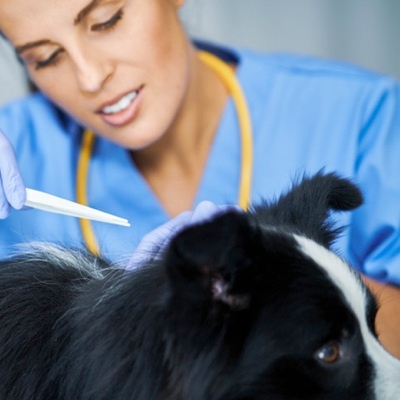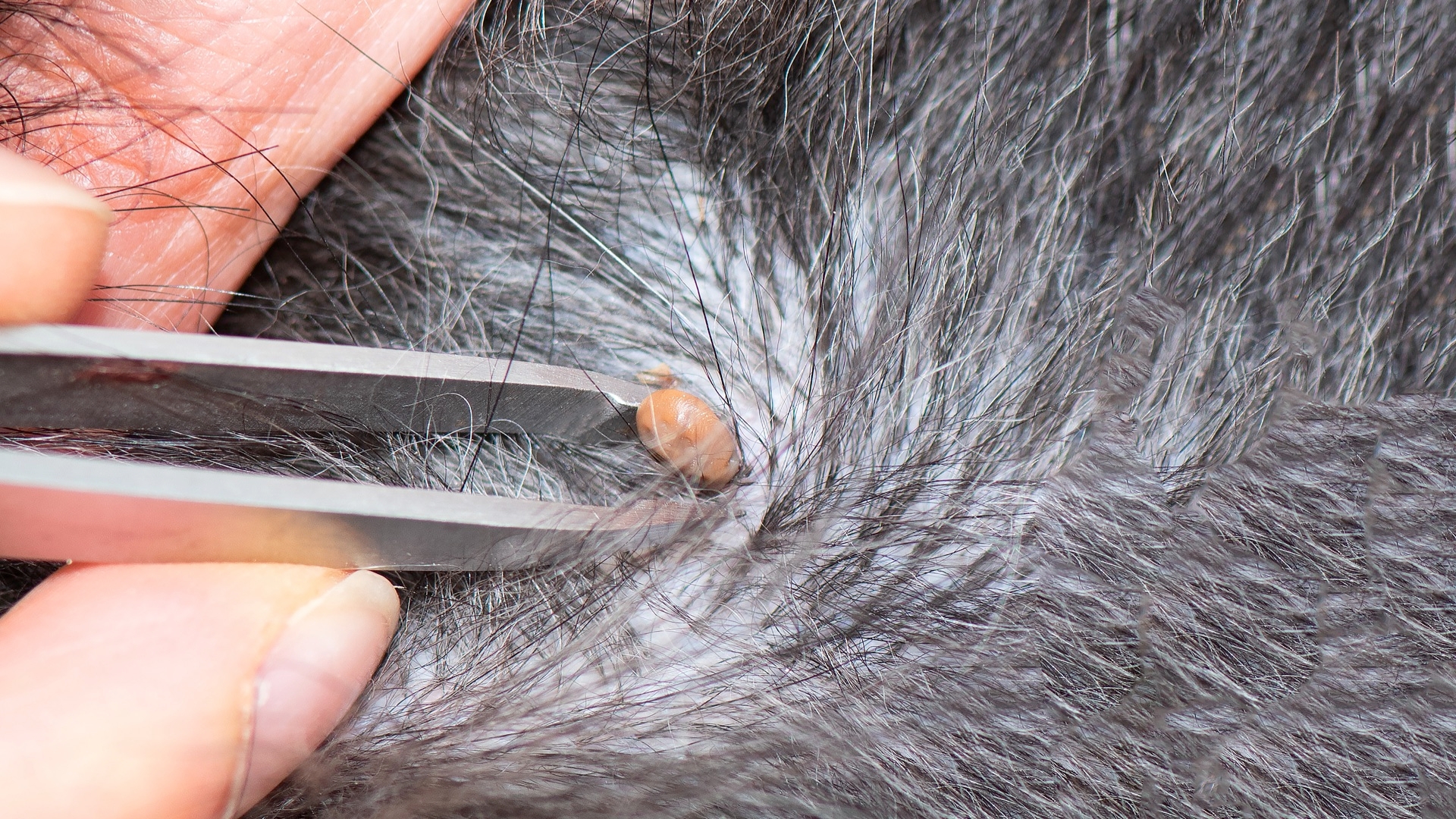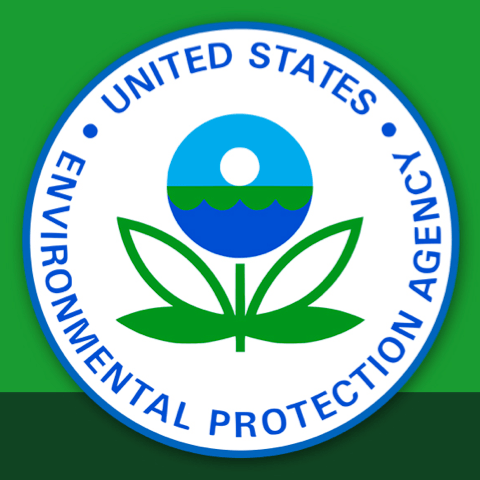Controlling Fleas And Ticks On Your Pet:
Summary:
Spot-on flea and tick products are liquid pesticides applied to a "spot" on the pet's skin, usually around the back of the neck or shoulder area. No flea and tick products are marketed specifically for use on reptiles, rabbits, ferrets, and other furry pets. Ask your veterinarian for advice on treating fleas and ticks on these and other exotic pets.


Flea and tick products for pets are available in many forms, including:
- shampoos
- collars
- sprays
- dust
- spot-on products
Spot-on flea and tick products are liquid pesticides applied to a "spot" on the pet's skin, usually around the back of the neck or shoulder area.
No flea and tick products are marketed specifically for use on reptiles, rabbits, ferrets, and other furry pets. Ask your veterinarian for advice on treating fleas and ticks on these and other exotic pets.
When used according to label instructions and precautions, pet products can be very effective, but when misapplied or not used according to directions, your pets may be unnecessarily exposed to pesticides and could become ill.
Protect your pets from pests and pontial pesticide risks by following product label directions and understanding the precautions
EPA is responsible for ensuring that all pesticides sold in the United States do not cause unreasonable risks when they are used according to label directions and precautions.
Taking care of your pets responsibly includes protecting them from fleas and ticks. Remember these important safety tips.
How to Protect Against Fleas and Ticks
Using Flea and Tick Products Safely
- Remember that pesticides on your pet can be transferred to your children. Protect your pets and children by carefully following the label directions and precautions
- Consult your veterinarian about the best way to protect your pets from fleas and ticks and whether and when certain types of pet product applications are needed.
- When you use a flea and/or tick control product on your pet, carefully read and follow the product label.
- Use flea and tick control products only on the animal species and size/weight specified by the product label.
- Never apply dog products to cats, and visa versa, as some pesticides are more toxic to one species than another.
- Apply only the amount indicated for the size/weight of the animal being treated. Products are designed for specific-sized animals (generally by weight), and using more product or a product designed for a larger animal than yours may overexpose your pet to the pesticide.
- Do not apply to kittens or puppies unless the product label specifically allows this treatment. The label will tell you the minimum age or size of the pet for use. Test results may show different effects on younger animals, leading to limits on use.
- Follow any label prohibitions against use on weak, aged, medicated, sick, pregnant or nursing pets, or on pets that have previously shown sensitivity to pesticide products. Older or sick animals could react differently to a product.
- Monitor your pet for side effects or signs of sensitivity after applying the product, particularly when using the product on your pet for the first time. Do not apply spot-ons to pets known to be sensitive to pesticide products.
- Keep the package with the product container (such as individual applicator tubes) in case adverse effects occur after treatment. You will want to have the instructions at hand, as well as the contact information for the manufacturer and the product registration information for incident reporting.
If Your Pet Has an Adverse Reaction
- If your pet experiences an adverse reaction, immediately bathe the pet with mild soap and rinse with large amounts of water.
- When using flea and tick collars, pet owners should remove the collar immediately if the pet experiences any adverse reaction.
- Contact your veterinarian and/or the National Pesticide Information Center at 1-800-858-7378 right away for information on whether additional measures are needed to help your pet recover right away for information on whether additional measures are needed to help your pet recover.
- Report any adverse reactions to EPA or FDA, depending on the label information.


